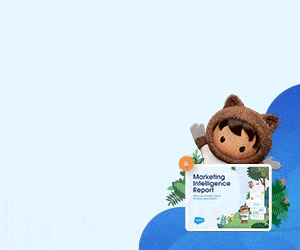| Emails don’t just get sent on their own. In fact, there is a robust list of elements you need to consider in order to have an effective email marketing infrastructure. For starters, there’s the Domain Name System (Dn), known as the phonebook of the internet. The DNS maps a domain name to the IP (Ip) address hosting the website and the IP sending mail for a particular entity with a different domain name. A Mail Transfer Agent (Mt) is the software that transfers electronic messages from one user to another by using a SMTP server (Ss) which enables outbound email. A Mail User Agent (UA) is the software that enables emails to be sent and received. These two separate pieces are key to getting emails through to your customers and prospects. A Sender Policy Framework (Sf) is also required as an email authentication method that detects forged sender addresses during the delivery of your email. On the other end, the user’s inbox uses a POP3 Server (P3). When subscribers complain, Feedback Loops (Fl) ensure that these complaints are routed to the sender so they can be acted upon. Typically, your IP address will be associated with a domain name or a subdomain through the Domain Name System. Subdomains (Sd) help your customers recognize your brand’s name through the top-level domain; this prevents phishing attempts. If you are considering adding BIMI (see the Experimental section in the full report), two critical steps come first. Logo Trademark Ownership (Lt) is a key element that is necessary for implementing BIMI. You also need to apply for a Verified Mark Certificate (Vc). Lastly, for the brand’s logo to be displayed, the email must pass DMARC (Dm) authentication checks, ensuring that the organization’s domain has not been impersonated. Get MarTech’s Email Marketing Periodic Table | 


